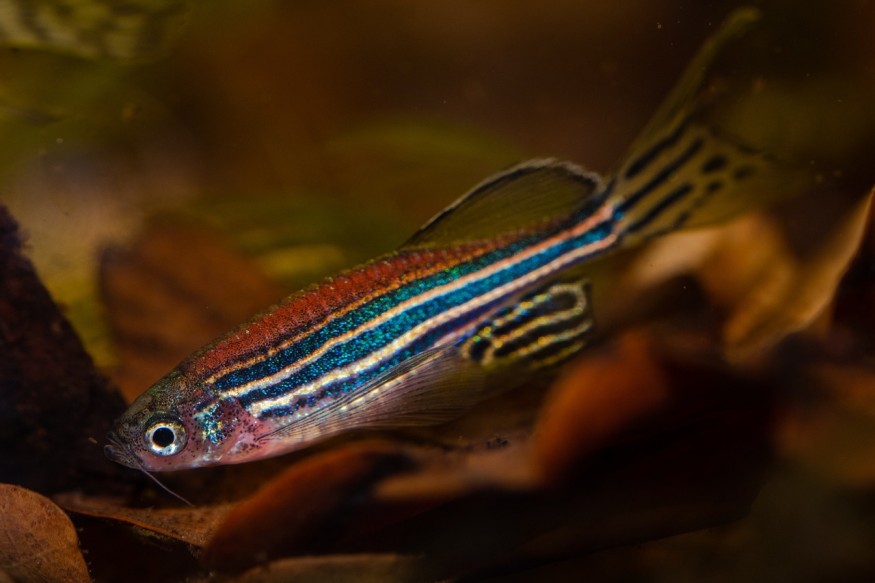Regeneration is the biological phenomenon of naturally regrowing lost body tissue or parts, including limbs, which some animals are capable of.
Scientists have observed and recorded this phenomenon in previous years and decades.
In the field of biology, regeneration is a process renewal or restoration of different components, ranging from genomes to cells.
In the Animal Kingdom, regeneration is beneficial for the survival of some species in the event where they need to regrow their limbs, especially after fights with a predator or a prey.
Despite their relatively common occurrence in the wild, humans are not capable of regenerating their own limbs, as well as internal organs once damaged or torn off.
Zebrafish Limb Regeneration

Attempts to study regeneration in animals have objectives inclining more on theoretically and practically applying them to modern medicine, specifically in ways how to help humans to regenerate as well.
In a new study led by a team of scientists from Taiwan and the Philippines, researchers have identified "mechanical waves" during regeneration of amputated tailfins of zebrafish.
The study, published in the journal Nature Physics on June 19, reveals the identification of mechanical waves during wound healing within the amputated zebrafish tailfin, as mentioned earlier.
This is the first time that scientists confirmed the biological mechanism behind regeneration in zebrafish in recent years.
The team consisting of molecular and cellular biologists involved methods like live-cell imaging of the tailfins during the regeneration phase.
They discovered a "cell density wave" spread away from the edges of the amputated tailfin tissue, as summarized by Phys.org.
Zebrafish Heart Regeneration
In 2017, a breakthrough discovery was made after scientists discovered that the zebrafish's heart can regenerate.
The said organ can close wounds quickly and regenerate in a state of near-full function level, the YouTube channel BioInteractive reported.
The report about the zebrafish heart regeneration shows the wound site is rapidly "sealed off" with a fibrin clot in a matter of seconds.
Although humans and other animals are capable of blood clotting when wounded, the case of the zebrafish has clot formation that covers the heart muscle with fibrin clot through migration and cell division.
Following the discovery, the regeneration of the zebrafish heart served as a model for cardiac tissue repair as heart disease remains the leading cause of death for humans worldwide, according to a separate study published in the National Library of Medicine.
The Biology of Regeneration
With both new and old studies exploring the regeneration of the zebrafish, biologists have now understood that regeneration is not only possible in external parts of the body, such as tailfins and limbs, but also to internal organs as well.
In fact, even the zebrafish heart regeneration model could help humans suffering from myocardial infarction, a common cause of cardiac injury and responsible for irreversible myocardial cell loss and fibrotic scar tissue formation, according to another study published in the journal Frontiers.
Related Article: Lizards May be the Key to Regenerating Limbs
© 2025 NatureWorldNews.com All rights reserved. Do not reproduce without permission.





